
Agualin
Agualin (also referred to in historic documents as “Aguarin”) was a Chamorro/CHamoru chief who led several revolts against the Spanish. He was from Hagåtña, but

Agualin (also referred to in historic documents as “Aguarin”) was a Chamorro/CHamoru chief who led several revolts against the Spanish. He was from Hagåtña, but
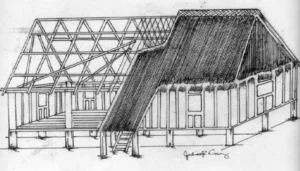
Throughout Guam’s history the most common type home was a rectangular pole and thatch structure with a raised floor. Today this type of structure has
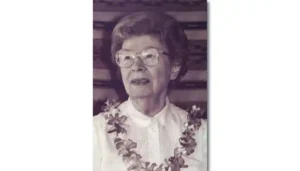
Laura Maud Thompson (1905-2000), a distinguished sociocultural anthropologist who studied peoples and cultures around the world, is best known for her comprehensive studies of the
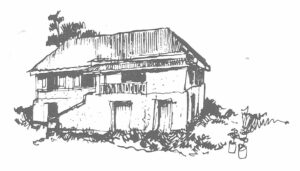
The Spanish introduced cal y canto or lime mortar and stone construction to Guam. This includes the rare de silleria or dressed cut stone, and
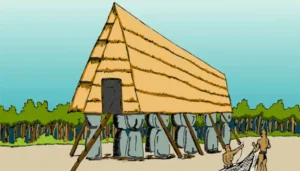
Latte structures are stone archaeological remains unique to the Mariana Islands. A stone pillar supports a hemispherical capstone to form a latte.
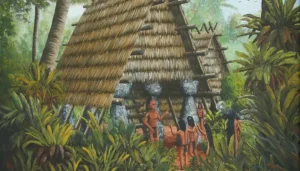
Latte (also latde) is a CHamoru term that refers to stone pillars and cup-shaped capitals or capstones, which represent house supports and are ascribed to
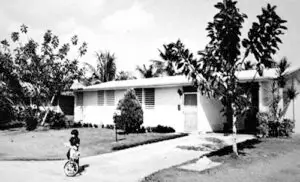
The arrival of Supertyphoon Karen in 1962 launched a new chapter in the architectural evolution on Guam. With ninety percent of the buildings on the

Cement blocks or as they are known in the construction industry, hollow block concrete masonry units (CMU), have been the most common form of housing

During Spanish colonial rule on Guam, the Spanish authorities constructed the best churches and the best bridges of large rectangular hand-cut stones, or de silleria.

When European explorers of the 16th and 17th centuries visited the Mariana Islands, they witnessed impressive Chamorro villages built during the Latte Period, between AD